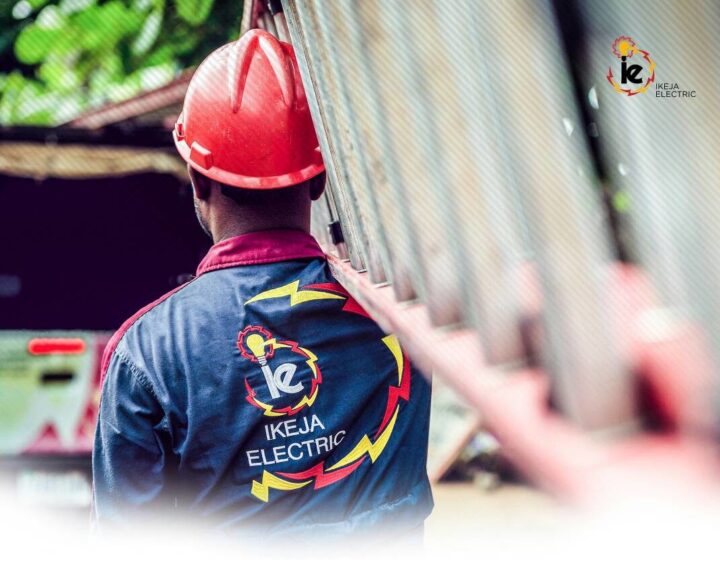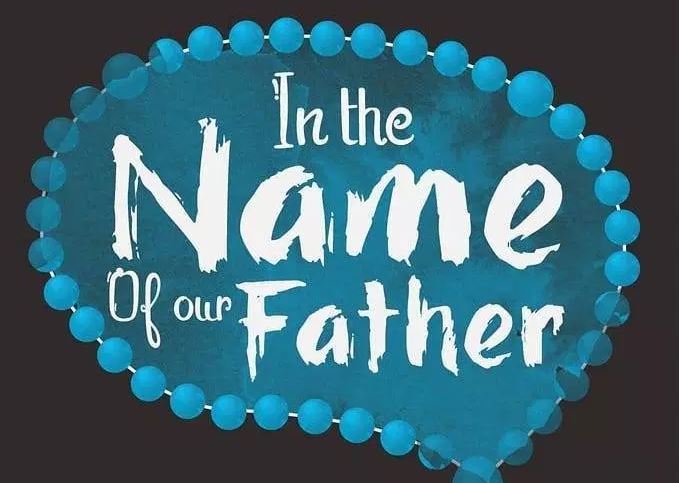BY ABIODUN ADE
The Process and Industry Development Limited (P & ID) saga remains unresolved and one would have thought that the government would be extra-ordinarily sensitive to ensuring that it does not find itself remotely close to a reoccurrence of a similar situation. Unfortunately, with the recent actions of one of its agencies, the Nigerian Electricity Regulatory Commission (NERC), relative to the threatened cancellation of licenses of the electricity distribution companies, no matter its gratuitous populist flavour, it would seem that no lesson has been learnt from the P&ID debacle – precluding a need to thread softly in its intervention to address the challenges of the power sector. More so, when one takes into consideration that significant contributions to the situation that the power sector finds itself in are regulatory and policy inconsistency, politicization and sheer incompetence.
The great novelist Chinua Achebe once said that the problem of Nigeria is failure of leadership. In the past three decades with the sprouting of myriad industry regulators, one can safely add that regulatory failure accounts for a significant part of our various challenges. The regulatory risk in the power sector is high and climbing.
NERC has threatened to revoke licenses of eight Discos over non-remittance of funds to NBET. NERC’s regulations on remittance threshold is interesting—while the threshold on energy bills varies, that of the Market Operator (MO) is 100 percent remittance. NERC takes care of itself, the MO, that is, TCN and NBET. So, all the government agencies are feeding fat based on 100 per cent remittance. Why should it be so? Importantly, when one takes into consideration that a major leakage in market revenues is the failure of MDAs to meet their electricity consumption obligations. Simply put, the government does not pay its electricity bills but has a minimal remittance mechanism in place to ensure that only government entities are paid 100 percent as a first line charge of electricity market revenues.
Advertisement
More damning is that NERC has consistently understated the Aggregate Technical Commercial and Collection (ATC&C) Loss Level of the Discos in the new Multi-Year Tariff Order (MYTO). The new remittance regime took effect on July 31, 2019 whereas the new tariff takes effect on January 1, 2020. Why the asymmetry?
Since the passage of MYTO 2015 which became effective in February 2016, inflation is up to 17 % versus 9 % currently the assumption in MYTO; forex is N360 to $1 in the tariff; generation has averaged less than 4000MW versus 8,384 MW in the tariff; yet no adjustment was made to the tariff to reflect the above discrepancies until June 2019. Even when it did, NERC could not bring itself to tell the public it will raise electricity tariffs. Read its discombobulated press release in August 2019: “We wish to provide guidance that the minor review implemented by the Commission was a retrospective adjustment of the tariff regime released in 2015 to account for changes in macroeconomic indices for the years 2016, 2017 and 2018 thus providing certainty about revenue shortfall that may have arisen due to the differential between tariffs approved by the regulator and actual end-user tariffs,” NERC said. “The Commission therefore wish to notify the general public that no tariff increase has been approved by the Commission vide the Order.”
We should also note the failure of the government to fulfill its obligations in the power performance agreement is also responsible for the operational inefficiencies of the private sector players along the Nigerian Electricity Supply Industry (NESI) value chain.
Advertisement
For instance, the MDA debts. It is obvious that MDAs’ energy consumption debts would elicit suits if the license of any Disco is revoked on the premise of inability to remit funds to NBET. Remember that the presidential directive to deduct MDA’s energy consumption bills at source has not been implemented. Instead of NERC addressing the challenge, it chickens out. The regulator decided that Kaduna Disco which has the highest number of military formations and as such contends with cases of poor payments of energy consumption bill, would be given concessionary consideration during monthly remittance to NBET. Nor has there been, historically, the cost reflective tariff that is a fundamental requirement or pre-condition under the performance agreement that the government and the investors executed.
Reports have it that the Discos have sought legal intervention. The legal resort by the Discos would likely be on two fronts. Some have already gone to court to challenge NERC’s decision. And were the licenses of the Discos revoked, arbitration looms. And it is in London. Is another P & ID loading? You don’t expect investors who paid $1.6 billion to just willy-nilly accept the nationalization of their assets by a 40 per cent equity shareholder.
It is true that the recent review of the Minor Review and the Minimum Remittance order issued by the regulator essentially wiped off the historical market shortfall (through offsetting) and created an upward adjustment to cost reflectivity (via injection of N600 billion intervention and other subsequent interventions, ie, leaving MDA debts on NBET books.)
However, uncertainty persists given that the N600 billion and N701billion intervention funds are support loans to the system to temporarily defray the government’s commitment to investors made in sale/ concession agreements which have unfulfilled portions.
Advertisement
Last September, Vice President Yemi Osinbajo said that the Federal Government has spent N1.5 trillion on the power sector in the past two years. He is correct but it should be contextualized. What part of the intervention fund accounts for FGN’s 40 per cent equity in the Discos? The N213 billion CBN-NEMS Fund is a loan and not subsidy which, interestingly enough, sought to largely address the legacy energy and gas obligations of the Power Holding Company of Nigeria (obligations that should have been borne by the Nigerian Electricity Liability Management Company [NELMCO]), since the Discos have a 10 year period to pay back with two year moratorium period. The N600 billion is subsidy since it will be used to add to the minimum remittance amount set by the regulator for the Discos to pay NBET. The N701billion was approved and used by NBET to add up to the payment received from the Discos to pay the Gencos. While it is seen as a subsidy, NBET is still required to pay the interest and the amount to CBN.
“However, if the country is to achieve its aim of channeling funding to other critical sectors of the economy, it is pertinent that structural reforms be put in place to enable the power sector to fund itself sustainably,” Osinbajo added. Well, it is obvious the government is in denial. It must decide if it wants the consumers to pay cost-reflective tariffs or subsidise electricity consumers. The decision is for the Government to make; not the private sector players of NESI who, understandably, are seeking to maximize their investment.
Efficiency is a product of capital investments (CAPEX). Such CAPEX include metering, distribution network expansion, transformers, and injection substations. Under the current tariff, the CAPEX allowance for TCN is ten times more than that of the eleven Discos. This is an example of technical misalignment.
MYTO 2015 assumed a CAPEX of N305 billion ($847 million) for the eleven Discos over a period of five years to cover comprehensive metering, distribution network rehabilitation, network expansion and new connections. This means N5.50 billion ($15m) per Disco per year. In context, a Supervisory Control and Data Acquisition (SCADA) application purchased by a Disco costs $13.8 million (N5 billion.) Metering alone for the 4.7 million metering gap will cost $874 million (N314 billion) at N67, 000 per three-phase meter. And remember that Discos cannot spend over the allowable CAPEX because it is a regulated industry—one cannot recover what is not provided for.
Advertisement
Let us remember the remarkable feud, last July, between the BPE and a former Chairman of NERC, Dr. Sam Amadi. Amadi has always contended that the removal of collection losses from tariff did not contribute to the challenges facing the power sector. Said BPE: “We make bold to say that the removal of collection loss component of the ATC&C losses was the single most devastating decision so far taken in the power sector.
“After the handover to the core investors on November 1, 2013, a NERC supervised study was conducted and the actual losses were determined to be 49%, which vindicated the earlier position of the Bureau. In line with the agreement, NERC in December 2014 released a new MYTO that took effect on February 1st 2015…The impact of this new tariff on the revenues of the distribution companies was immediately felt as the distribution companies were able to pay up to 75% of their power invoices which collapsed to 25% when the effect of the collection loss removal hit the market. The announcement of the removal of collection losses was immediately followed by a declaration of force majeure by the distribution companies and the power sector is yet to recover from that decision.”
Advertisement
So, what is the way forward? There has to be appropriate pricing of the product. A mechanism that would spur investments along the entire value chain, ultimately resulting in improved efficiency and increased power supply.
This is just as important as commercial alignment. Such alignment requires that as a minimum, the respective capacity of gas supply, generation, transmission are in sync along the value chain.
Advertisement
One is at a loss about the reluctance of the Federal Government to faithfully implement its Power Sector Recovery Program (PSRP)—which was approved by the Federal Executive Council (FEC) and the World Bank. PSRP recognizes the need for a reset of the sector that addresses the financial requirements for making the value chain whole, increasing transparency and good governance, ensuring that there is a minimum generation of 4,500 MW, promoting the effectiveness of contract, implementing performance requirements that make the Discos and Gencos accountable, etc. This plan represents the only credible road map, at this time, that has a chance of re-directing the sector towards all of the objectives that were envisioned under the National Electric Power Policy, 2001 (NEPP), the genesis of the power sector reform in Nigeria. Continuing to adopt knee-jerk, short-term and ill-advised palliatives rather than comprehensive and strategic policy approaches will not get us to the sustainable and viable commercial market that is critical for the improved power supply, the principle objective of the power sector privatisation.
Ade is an energy analyst based in Lagos
Advertisement
Views expressed by contributors are strictly personal and not of TheCable.
Add a comment






